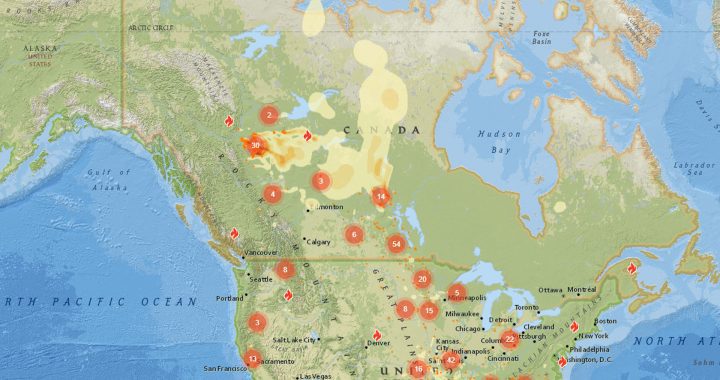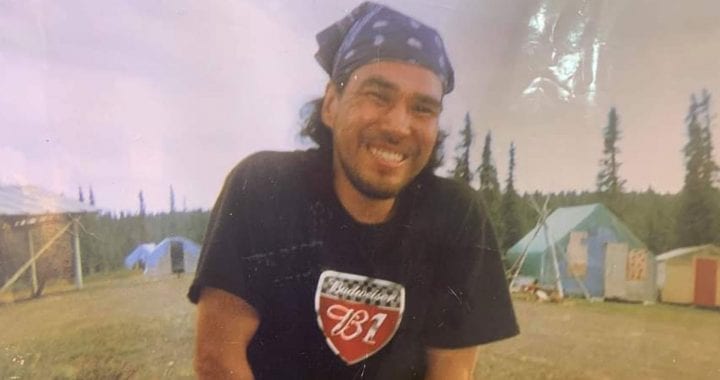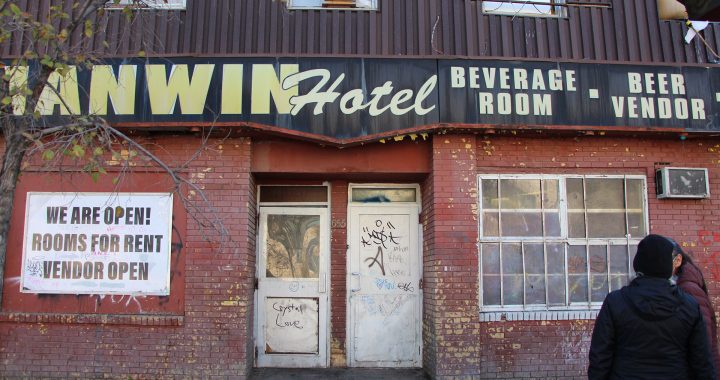
A report released by Amautiit Nunavut Inuit Women’s Association (NIWA) in cooperation with Campaign 2000, an organization out of Toronto whose mission is to end family poverty, identifies the harsh realities of child poverty within Nunavut.
With more than 35.8 per cent of Inuit children living in low-income families — more than double Canada’s national rate of 15.6 per cent — the report Unveiling Poverty: Beyond numbers, beneath lives calls attention to the issues Inuit groups say need to be dealt with urgently.
“As an organization deeply rooted in advocating for the rights and well-being of Inuit women and families, NIWA recognizes the profound impact of poverty on individuals and communities across Nunavut,” said NIWA in a release. “The findings of this year’s Poverty Report Card underscore the need for immediate and concerted efforts to combat poverty and its far-reaching consequences.”
The report focuses on the systemic issues perpetuating poverty, the lack of data that hinders effective policymaking, and the steps towards Indigenous data sovereignty.
“We don’t know. We couldn’t tell you actually how many single mothers with children are in poverty. Yes, you can go to Statistics Canada, but those numbers are so wrong,” says a community member quoted in the report.
“So inaccurate, that under no circumstance is that the real number. We couldn’t tell you how many elders there are in poverty, and there’s very little gendered information or class information.”
Nunavut faces unique challenges that intensify the poverty situation, including its remote geography, inflated cost of living, and the lingering effects of colonization and intergenerational trauma.
The report criticizes the deficit in governmental data tracking and reporting, which limits understanding and addressing of northern poverty’s root causes.
Utilizing both statistical data from sources like Statistics Canada and firsthand accounts from community conversations with Campaign 2000 in March 2023, the report highlights the disparities in income and the barriers to accessing essential services.
It points to the obstacles of current poverty measurement tools, like the Census Family Low Income Measure and Market Basket Measure, to accurately reflect the high cost of living and cultural nuances in Nunavut.
Food insecurity emerges as a particularly distressing element of poverty in Nunavut, with upwards of seven out of 10 children affected.
Programs like Nutrition North, aimed at reducing the cost of nutritious food, have been criticized for their lack of effectiveness and failure to address the underlying issues of accessibility and affordability in isolated communities.
“It’s people in Ottawa deciding what people in the North should be allowed to eat,” says one community member.
The report proposes a slew of recommendations aimed at overhauling existing systems and policies to better support Inuit families and children.
These include fixing government subsidy programs like Nutrition North, investing in preventative measures to avoid higher costs down the line, and exploring innovative solutions to reduce food costs, such as local farming and greenhouses.
It also advocates for support for country food and hunting that are considered essential for nutrition and cultural preservation. Education, according to the report, plays a critical role in breaking the cycle of poverty.
Furthermore, the report emphasizes the importance of Inuit-led education and programs that reflect and respect Inuit culture and languages.
NIWA’s report is a call to action, it says, sent to all levels of government, Indigenous leadership and community stakeholders, urging the government, policymakers and communities to work collaboratively toward a future where no child in Nunavut has to continue to endure the effects of poverty.









